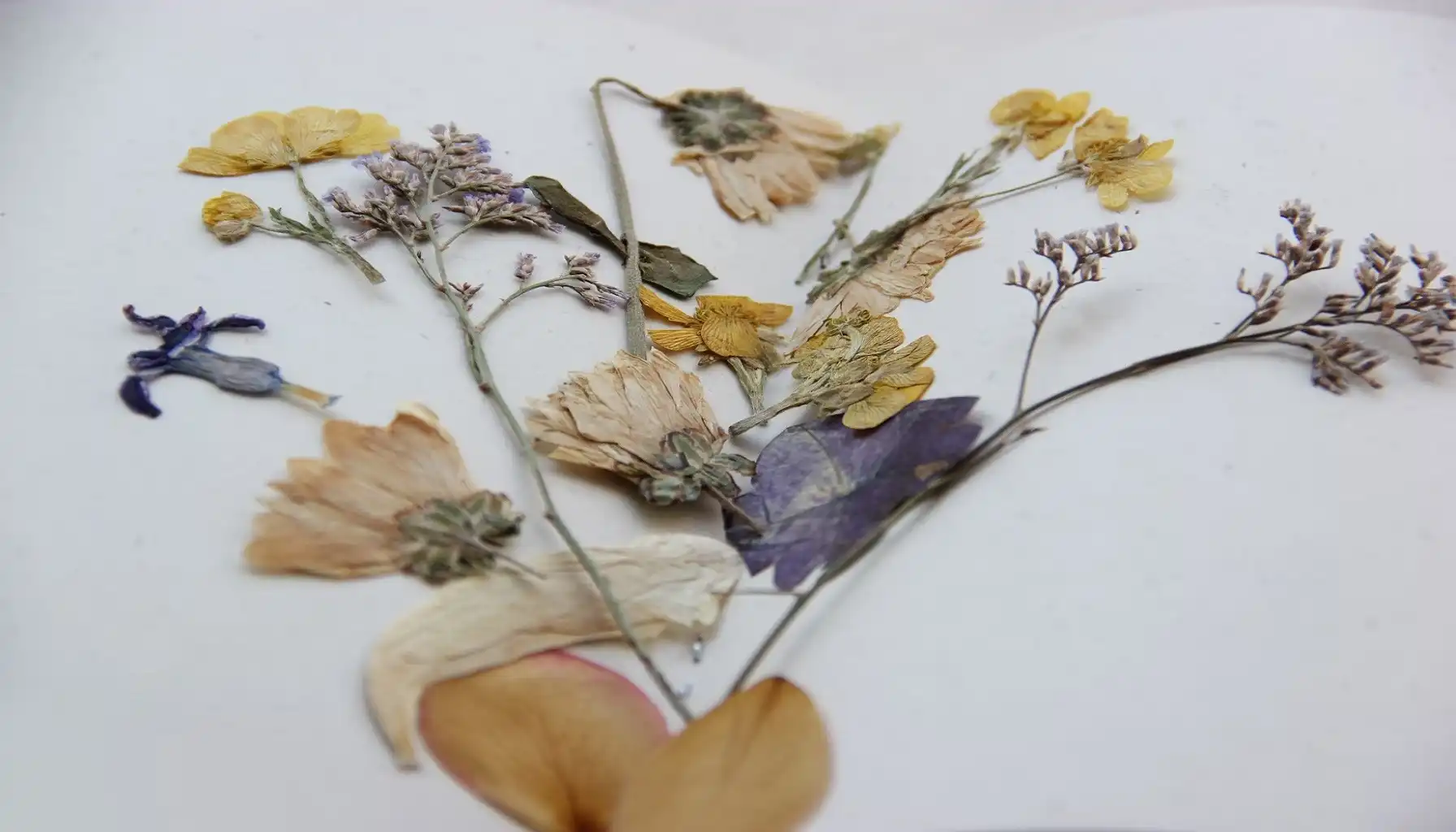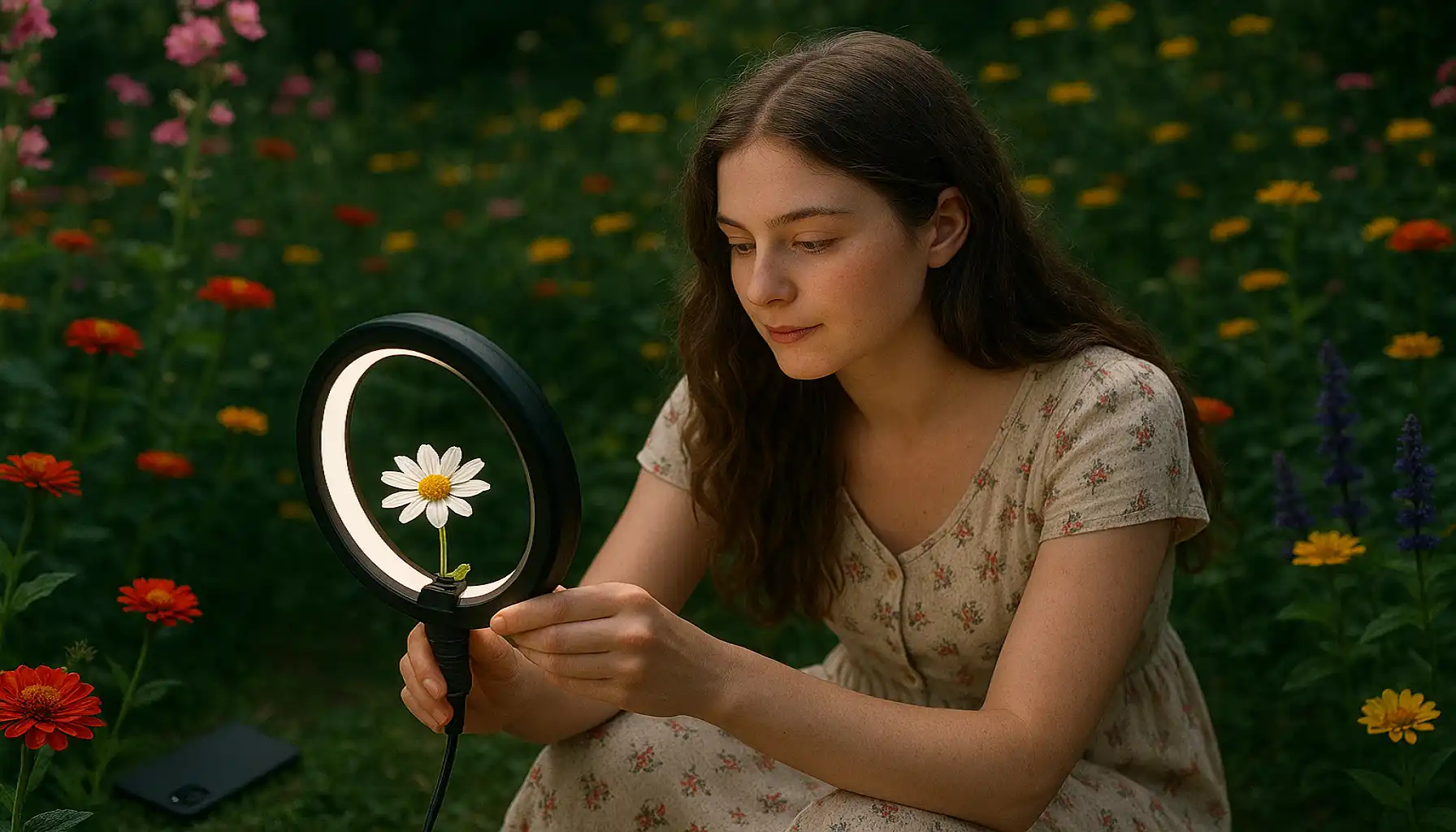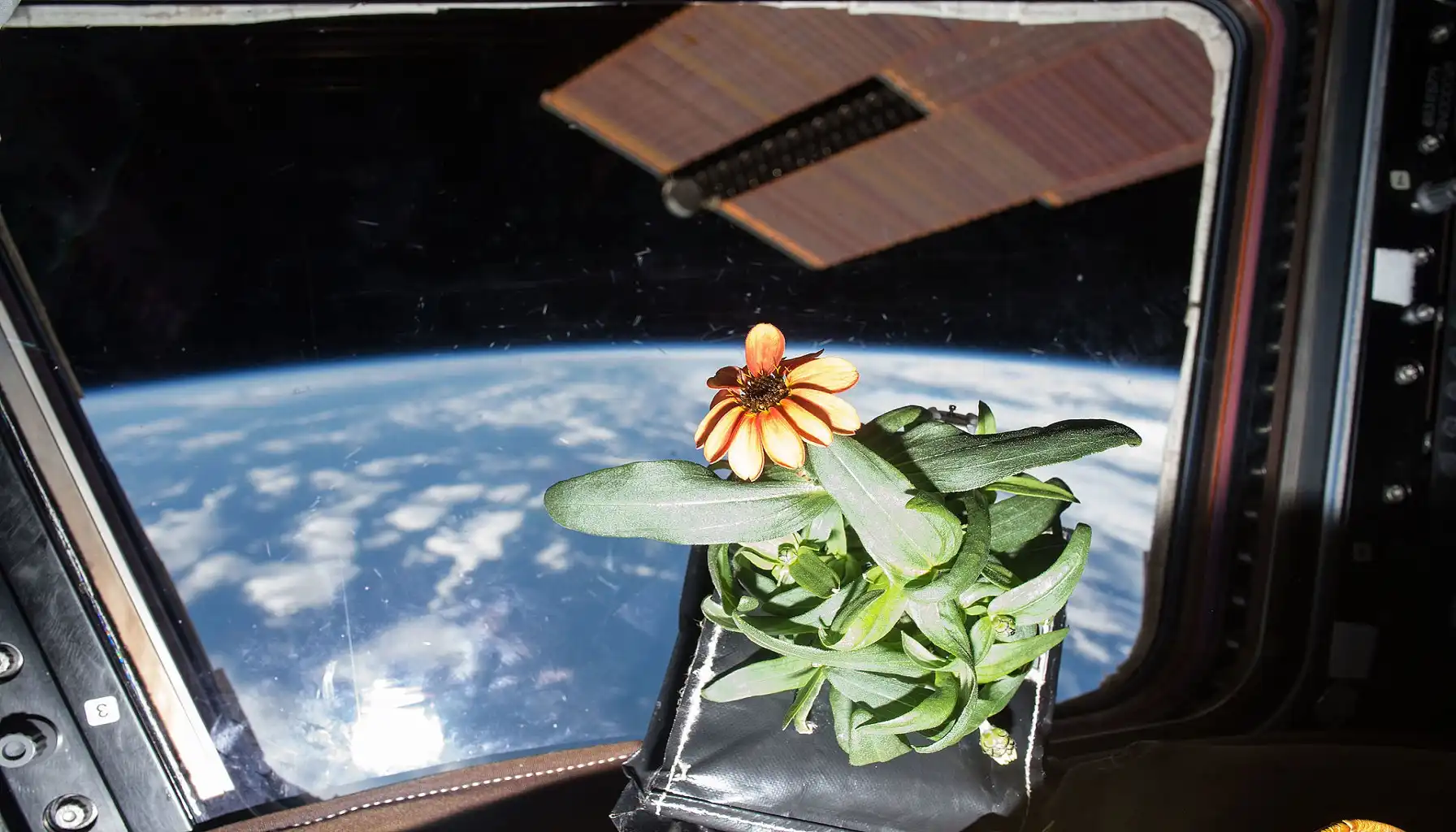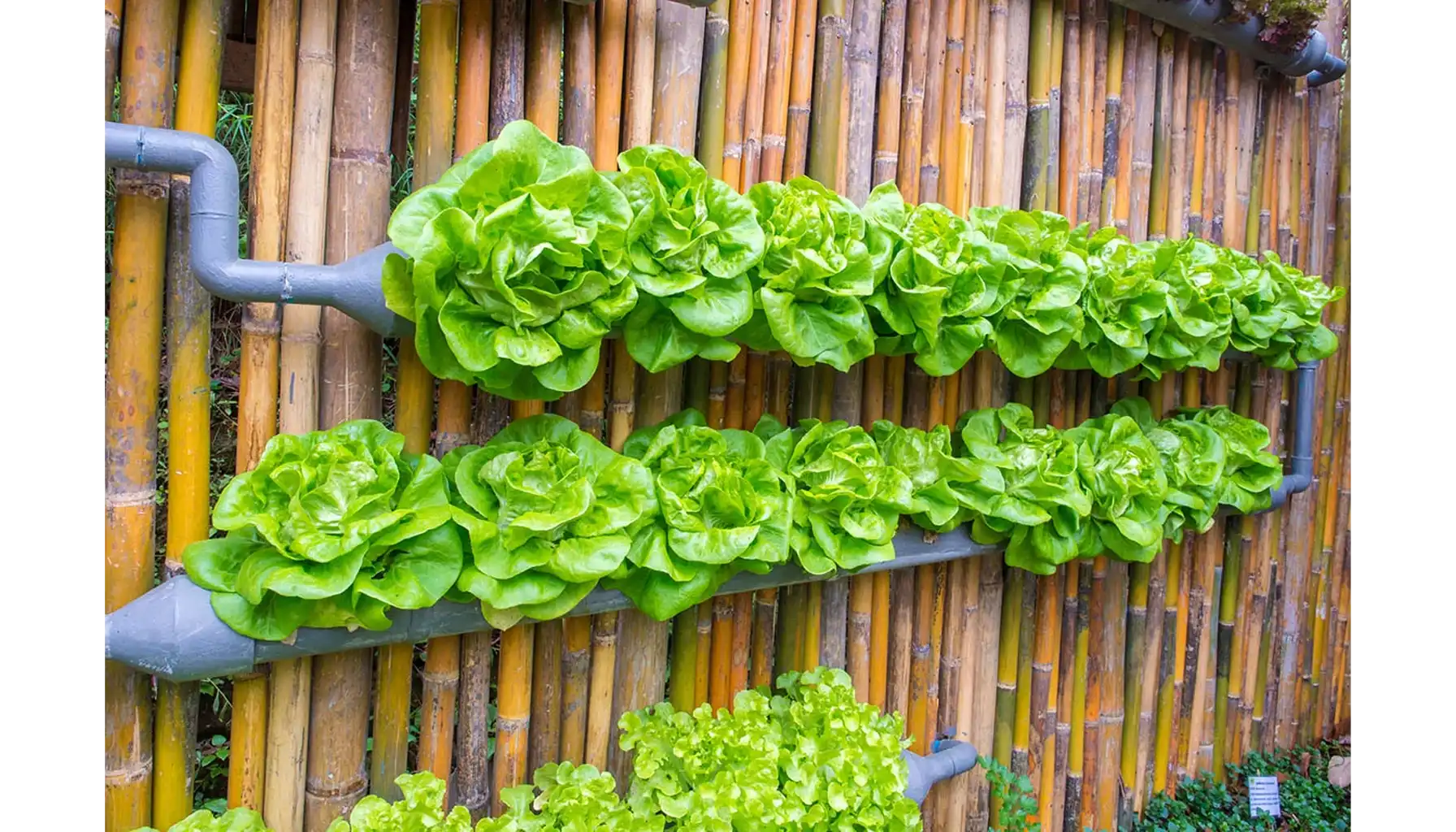..Attention to all lovers of greenery and digging in the ground!
Previously, we had to dig through thick reference books, trying to match leaves and flowers, but now ... it has appeared – a real plant detector right in our pocket. I'm talking, of course, about online plant identification.
And you know what? It really works! But to get the most out of them, you need to know how to use them properly.
In this article, we will share our experience with you and tell you how to become a real pro in plant identification by leaf using the best plant identification apps. We'll talk about how to take the perfect photo, how to avoid common mistakes, and even how to get not only the name from the app, but also useful care tips.
How to Choose the Best Plant Identification App Free
User-friendliness of the interface | This is perhaps the most important thing. The application should be intuitive so that you can quickly and easily upload a photo and get the result. No complicated menus and confusing settings! If you need to find information about the palm tree in the house, then you will need a quick application for indoor palm plant identification. |
Photo capability | It's a must-have! Agree, carrying a plant identification book with you is the last century. It is much more convenient to take a picture of a leaf and get an answer in a matter of seconds. Currently, most applications offer plant identification by picture, but the recognition quality can vary greatly. |
Database Availability | The more elements in the application's database, the more likely it is that it will be able to correctly identify what you need. This is especially true if you are looking for information about some rare or exotic species. It is important that plant identification online is available smoothly. |
Free versions | Don't rush to buy a paid subscription right away. Many applications offer free versions with limited functionality. Try out a few free options to see which one suits you best. There are quite good options for the free plant identification app for Android. |
User Reviews and Rating | Be sure to read other users' reviews before installing. They can tell you about the real pros and cons of the app, which you won't find out from the description. The rating in the app store can also be a useful guideline. Study what other users are saying about house plant identification. |
AI Plant Finder
This is your personal "green expert", always ready to help.
Just take a photo and the app will identify the type, even if it is a rare or exotic specimen. The plant identification by photo function works quickly and accurately.
Thousands of herbs and trees from all over the world, including purple leaf plant identification specimens.
It can detect signs of diseases, pest infestations (spider mites, mosaic virus, etc.) and provide treatment recommendations.
Get advice on watering, fertilizing, and other aspects of care that take into account the characteristics of each particular flower.
No need to forget about watering anymore! The app will remind you when it's time to pay attention to your green pets.
How does it work?
Take a picture: Point the camera at a leaf, flower, or the whole.
Get the result: It will analyze the image and give you the most accurate answer.
Study the information: Learn everything: characteristics, care tips, signs of diseases, and pests.
PlantNet Plant Identification
It’s not just an application, it is a whole community united by the love of plants. Its special feature is that not only algorithms are used for identification, but also the knowledge of users from all over the world.
This is a free plant identification application that allows you to identify from photos taken by you.
But unlike the AI Finder, it uses a slightly different approach.
The app not only analyzes the photo, but also compares it with photos uploaded by other users.
Thus, identification takes place through crowdsourcing, which often allows for a more accurate result, especially when it comes to rare or little-known plants.
Pros | Cons |
Free of charge | The accuracy of identification may depend on the quality of the photo and the availability of similar photos in the database |
A large and constantly growing database, thanks to user participation |
Identification by different parts (leaf, flower, fruit) | The interface may seem less intuitive than that of the AI Finder |
The opportunity to contribute to the development of the project by uploading photos | There are no functions for disease diagnosis and caring |
Identification examples and usage tips
We used it for pink flower plant identification. The app offered several options, and I was able to determine exactly what kind of view it was by comparing the photos.
It’s especially useful for identifying wild nature, for example, if you need to make a sage plant identification.
Tips:
To get the most accurate result, take several photos of the plant from different angles and upload them to the application.
Make sure that the photos are clear and well-lit.
Also, if you encounter something resembling the poison oak five leaf plant identification, do not touch the plant with your bare hands, first make sure that it is not a poisonous oak.
PictureThis
This is not just a recognition app, it is your personal garden and vegetable garden care consultant. It offers not only accurate identification, but also many useful tips and recommendations.
PictureThis uses advanced artificial intelligence technology to identify plant species with high accuracy.
Moreover, according to the developers, the application is constantly learning and improving its algorithms.
The recognition accuracy is really impressive, especially when compared with some free analogues.
You can easily find the white flower plant identification and the app will give you the most accurate result.
Possibility to receive recommendations on plant care: After identifying the plant, PictureThis offers detailed recommendations on care: watering, lighting, fertilizing, pruning, etc.
These recommendations are based on the needs of a particular species and take into account the climatic conditions of your region.
This is very convenient, especially if you are new to gardening.
If you have a climbing at home, then you need to know that you are looking for indoor vine plant identification to learn more about this herb, for example.
Search function for information about specific plants and tips for growing them: The application has an extensive database with information about thousands of nature elements.
You can find the plant you are interested in by name, photo, or description and learn all about its features, needs, and growing methods.
If you see a plant with yellow flowers identification, it's quick and easy. However, you should also be careful not to touch the three-leaf plant identification, because it can be poison ivy.
Tips After Identification
Lighting needs | Some trees or flowers need bright sunlight, others need partial shade, and others generally prefer shade. Find out which lighting is optimal for your beloved and place it in a suitable location. If you are looking for information on indoor plant identification, then most likely you want to know how to properly care.
|
Watering mode | Overflowing is just as dangerous as underflowing. Find out how often and how abundantly your plant needs to be watered. Pay attention to the condition of the soil – it should be moist, but not wet. |
Humidity | Some species, especially tropical ones, like high humidity. If the air in your apartment is too dry, you can use a humidifier or spray the plants with water. |
Temperature regime | Find out what temperature your plant prefers and provide it with suitable conditions. Avoid sudden temperature changes and drafts. |
Top dressing | They need nutrients for growth and development. Feed them regularly using special fertilizers for indoor species. |
Transplanting | Plants need to be periodically transplanted into a larger pot. Find out when and how to properly transplant. |
Pest and disease control | Inspect it regularly for pests and diseases. At the first sign of damage, take action – use insecticides or fungicides. In general, if you are looking for differences between spearmint vs peppermint plant identification, then most likely you want to learn how to properly care for each of the species. |
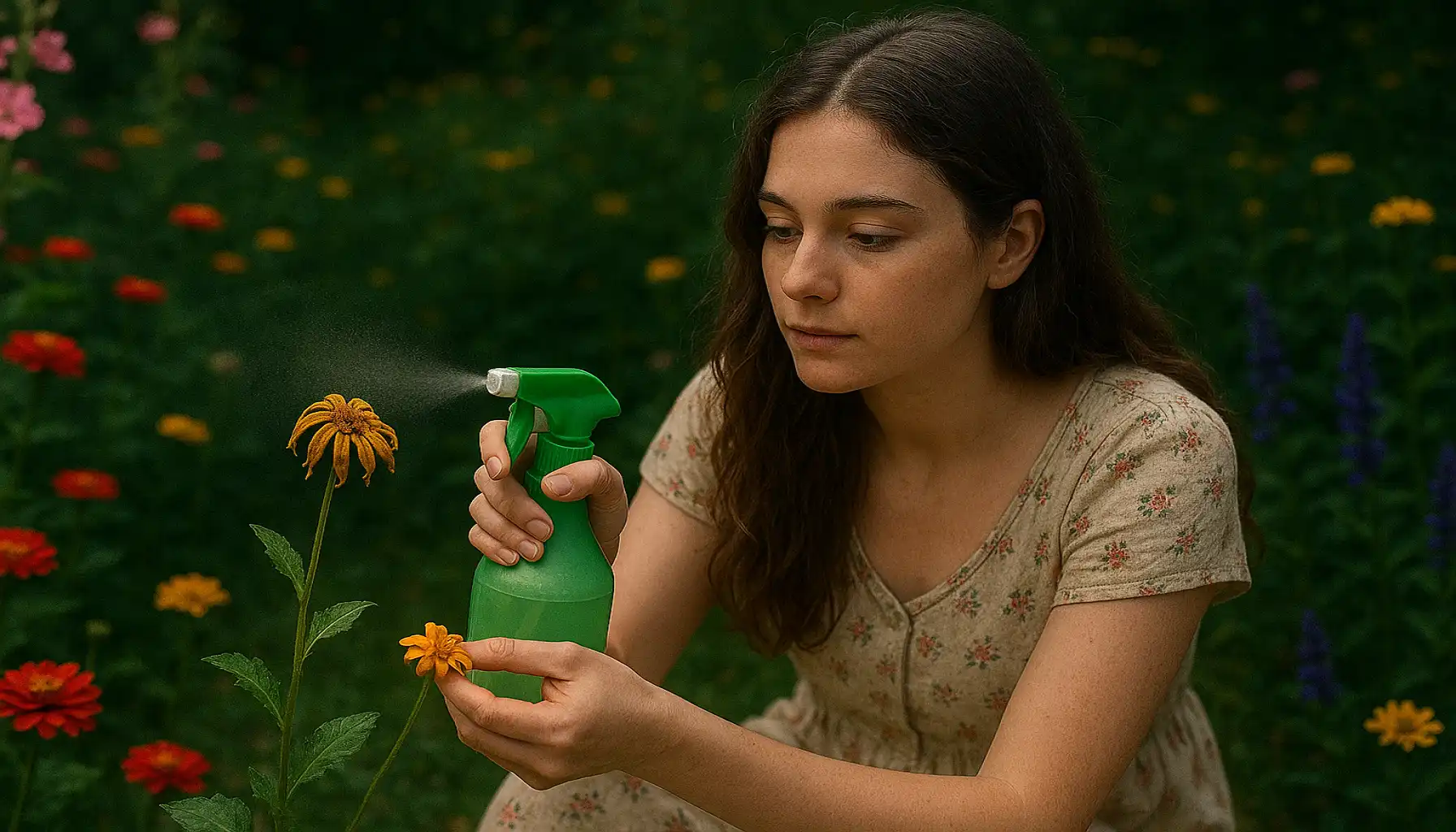
Recommendations
When identifying a plant, every detail is important: the shape of the leaf, the color of the flower, the texture of the stem, the presence of odor, etc. The more details you notice, the more accurate your identification will be.
You don't have to become a professional botanist, but basic knowledge about plant structure, classification, and life cycle will help you better understand what you see. Read books, articles, and watch video tutorials. The more you know, the easier it will be for you to identify.
If you are not sure about your identification, do not hesitate to ask for advice from experienced gardeners, botanists, or just from acquaintances who understand plants.
Record your observations of plants. This will help you to better understand their features and over time you will begin to identify them "by eye". Write down when it blooms, what it looks like, growth characteristics, and more.
Visit botanical gardens and arboretums. This is a great opportunity to see many different plants live and compare them with each other.
AI Plant Finder Related Posts:
